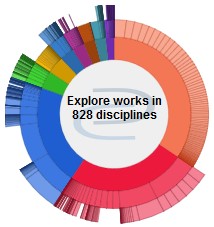Abstract
In this 2012 interview, Jan Devereaux talks about her involvement in Shaker Heights politics. She was on City Council, and explains her involvement in different projects under both Mayor Mearns and Mayor Rawson. She also talks about the Landmarks Commission: how it works and its role in local government. She also talks about the process of getting Shaker Heights on the National Register.
Loading...
Interviewee
Devereaux, Jan (interviewee)
Interviewer
Smith, Kelsey (interviewer)
Project
Shaker Heights Centennial
Date
7-13-2012
Document Type
Oral History
Duration
33 minutes
Recommended Citation
"Jan Devereaux Interview, 13 July 2012" (2012). Cleveland Regional Oral History Collection. Interview 915024.
https://engagedscholarship.csuohio.edu/crohc000/490
Creative Commons License

This work is licensed under a Creative Commons Attribution-Noncommercial-Share Alike 3.0 License.

